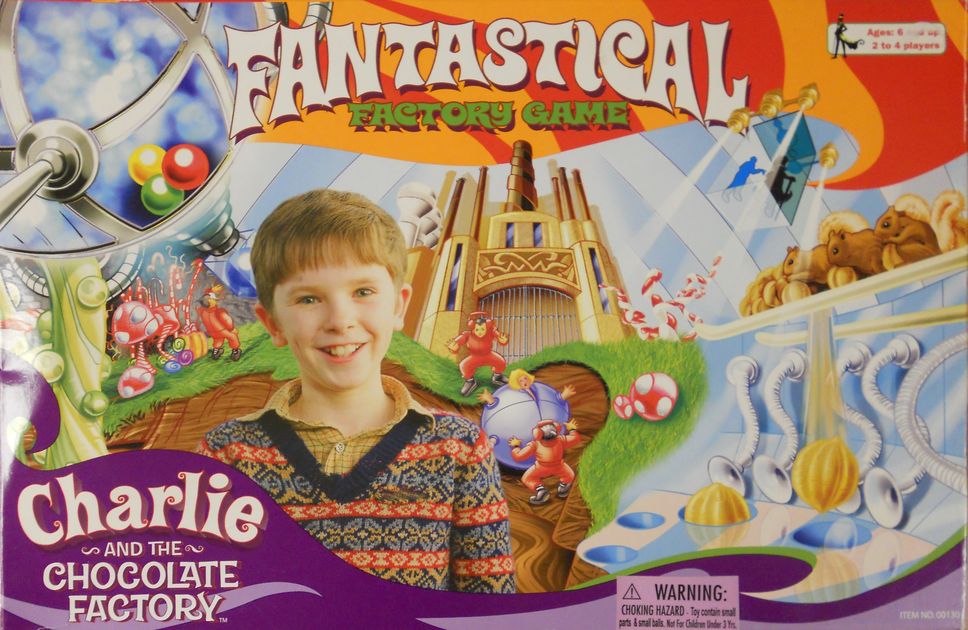

Bush (and still serves the same role today). The show built a reputation as escapist fantasy for liberals left unmoored by the scandals of the closing years of the Clinton presidency and the eight years of George W. “The West Wing” is, unsurprisingly given its Sorkin-ism, much the same (observers on Reddit and elsewhere have noted Sorkin’s predilection for re-using the same lines and jokes). The swelling orchestral music that accompanies his conversion (and his tearful reunion with his girlfriend in the dramatic hours before his State of the Union address) makes a grand production of incrementalist politics. When his sense of idealism takes over, it doesn’t result in a new revolutionary vision, but a vow to fight for steeper cuts to fossil-fuel production and tougher gun laws in a new crime bill. The film’s president, Andrew Shepherd (Michael Douglas), is a deal-making politico who backs out on a promise to his girlfriend (Annette Bening), an environmental lobbyist, in order to secure votes to pass a watered-down crime bill (a very Clintonesque proposal tailormade for the moderate Democratic politics of the 1990s).
#Fantastical gamer twitter movie
That is certainly the case with screenwriter Aaron Sorkin’s creations, the 1996 movie “The American President” and its television successor, “The West Wing.” Wildly popular in the Clinton and Bush years, these stories featured presidents who found it hard to shake their pragmatism. Though sometimes there are grand ambitions - in the 1993 movie “Dave,” in which an idealistic doppelganger takes over for a comatose president, the central goal is a piece of legislation that will guarantee every American a job - often the scale is smaller, focused on process rather than an expansive vision of a remade world. Limits have long defined the imagined Democratic victories on-screen.

Francois Duhamel/PictureLux/The Hollywood Archive/Alamy Stock Photo Kevin Kline and Sigourney Weaver in "Dave" (1993). “Suddenly,” she explained in the book’s acknowledgments, “what was supposed to be a tongue-in-cheek parallel universe needed to be escapist, trauma-soothing, alternate-but-realistic reality.” As much of a romantic romp as the book and movie became, it was tailored to fit within the limits of an altered world.

Author Casey McQuiston, a Texan, first thought up the idea in early 2016 but found herself rethinking it after former President Donald Trump’s election. The connection between real-world goals and narrative wish-fulfillment are direct. In “Red, White & Royal Blue,” those hopes - flipping the state of Texas - map neatly onto a set of electoral hopes nursed by Democrats in recent years as they work to grow a base of support large enough to turn Texas into a swing state. In 1990s movies such as “Dave” and “The American President,” and television shows including “The West Wing” in the early 2000s and “Parks and Recreation” in the 2010s, writers have threaded their fictional worlds with political fantasies that reflect both the hopes and limits of the Democratic imagination, even when the constraints of reality have been removed. That subplot puts “Red, White & Royal Blue” into a particular film and television genre: liberal wish fulfillment. He turns himself into a Democratic Party organizer for a few months and - spoiler alert - when the election comes down to Texas and Alex’s plan, it’s a happily-ever-after for both his mother and the Democratic Party. Alex Claremont-Diaz, Texan son of the first woman president of the United States whose Mexican-American father is also a member of Congress, has a plan to help his mother win re-election by flipping his home state. But perhaps the most fantastical part of the film is the politics.

Fluffy and formulaic, the movie is a pleasurable bit of fantasy: two impossibly handsome men famous for being related to powerful people find their happily-ever-after with one another.


 0 kommentar(er)
0 kommentar(er)
